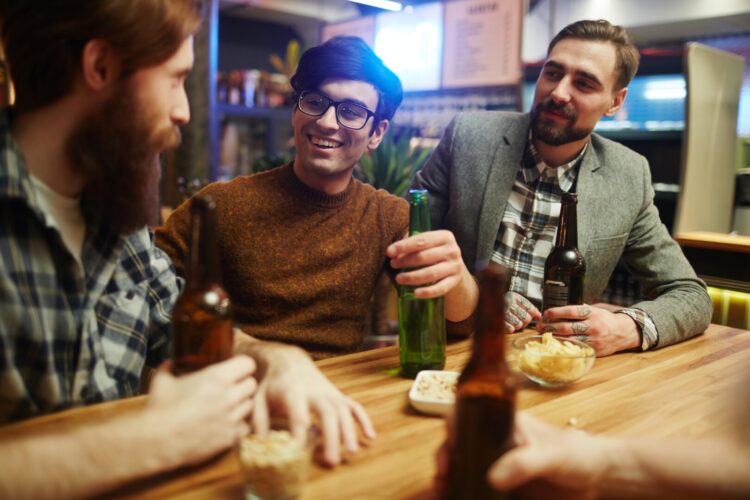As the Government considers relaxing the 2-metre rule to allow pubs, bars and restaurants to reopen, a study from Japan illustrates the risk from coronavirus. Tony McDonough reports

Pubs, bars and restaurants across the UK are waiting for the go-ahead to start opening up again.
Their customers are, too. A new study from Marketing Liverpool shows 80% of people in Merseyside are keen to start getting out and about. But a new scientific study from Japan around coronavirus ‘clusters’ does not offer much comfort.
Led by Yuki Furuse, an assistant professor at Institute for Frontier Life and Medical Sciences and Hakubi Center for Advanced Research, Kyoto University, Japan, the study analysed 3,184 cases of coronavirus in Japan.
It identified 61 case-clusters in healthcare and other care facilities, restaurants and bars, workplaces, and music events. It also identified 22 probable primary case-patients for the clusters. Most were 20–39 years of age and pre-symptomatic or asymptomatic at virus transmission.
READ MORE: Did Liverpool v Atletico cause a COVID-19 spike?
The high probability of outbreaks in settings such as hospitals and care homes is becoming well established but there are still questions to be answered around transmission in the community.
In conclusion, the researchers said: “We noted many COVID-19 clusters were associated with heavy breathing in close proximity, such as singing at karaoke parties, cheering at clubs, having conversations in bars, and exercising in gymnasiums.”
This backs up previous studies from South Korea and the US which identified clusters around nightclubs, Zumba classes and choir practice sessions. Activities with more relaxed breathing such as yoga and pilates are thought to pose a much lower risk.
It provides a real dilemma for the Government and its scientific advisors when considering how and when to allow bars to reopen. How practical will it be to maintain the two-metre rule.
The study added: “We do not know whether social, biological, or both factors play a role in the difference in transmission patterns between the younger and older persons.
“We also noted probable primary COVID-19 case-patients appear to transmit the virus and generate clusters even in the absence of apparent respiratory symptoms, such as a cough.”
The scientists acknowledged one of the weaknesses in their methodology, a weakness that can also impact on the efforts of contract tracers. That is something called ‘recall bias’.
Recall bias is a phenomenon whereby people are more likely to remember certain events than others. So they may have a clear recollection of a great night out but forget to mention a daytime trip to a coffee shop.
The study added: “Because some case-patients could not disclose contact history, epidemiological links and clusters of cases might have been missed. Recall bias is likely because Japan did not use digital devices for contact tracing and information was obtained only through interviews.”

